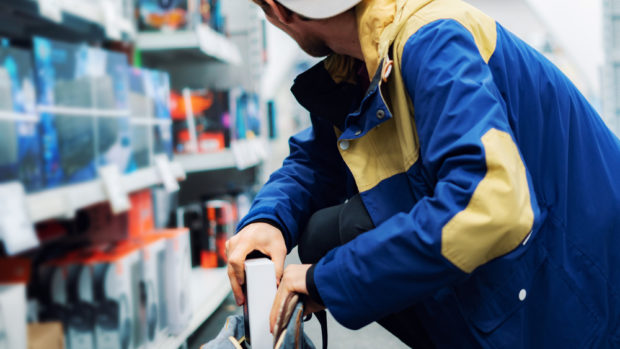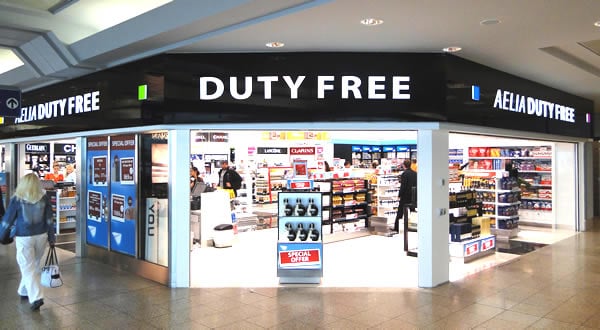
A new report from Bloomberg Intelligence, Global Apparel the Rise of Rental, Resale and Repair, explores how apparel and footwear companies are developing operating models to address concerns of high emissions and other environmental issues associated with apparel. Rental and resale provide an opportunity for higher-end retailers developing their own second hand capabilities to capture new revenue streams, as well as new customers, while fast fashion might be priced out. With 39,000 metric tons of clothing dumped in Chile’s Atacama desert and 15 million garments pouring into Accra weekly, regulatory pressure is mounting to tackle waste at all stages of the product life cycle.
In the US, Eileen Fisher offers customers a US$5 coupon for recycled clothing, which it then repurposes and resells. Allbirds launched a resale program, ReRun, as part of an initiative targeting a reduced carbon footprint. Taking this a step further, companies such as ThredUp, Poshmark and The RealReal focus on apparel resale. Applying GlobalData estimates, Bloomberg Intelligence analysts note this market could grow 5x in 2020-25, significantly outpacing the anticipated growth rate for new apparel.
Grace Osborne, senior associate analyst, ESG at Bloomberg Intelligence said: “Companies without their own or partner resale abilities may risk losing sales to consumer-to-consumer (C2C) second hand sites such as Poshmark, Depop, Vinted and TheRealReal. Zara was one of the most-listed brands on Depop in 2021, contributing to the resale platform’s £50.1 million in revenue. Zara started its own platform, Pre-owned, to capture this revenue stream. H&M saw an 85 per cent increase in revenue from its resale partnership with Sellpy, targeting €90 million in resales in 2023.
“Circular business models have the potential to grow to 23 per cent of the global fashion market by 2030,driven by rising consumer-sustainability awareness, and inflationary pressure squeezing spending power. Retailers developing their own resale platforms stand to gain a revenue stream while those trailing risk canabilisation of sales to C2C platforms.”
Resale is an opportunity for high-end brands to acquire customers who’d been priced out, generating new revenue. Kering took a 5 per cent stake in resale platform Vestaire Collective as part of a strategy to capture younger, green-conscious consumers. Digital IDs will be key in luxury resale, and Richemont-owned Chloé launched product IDs allowing “instant resale” with authenticity and green credentials, critical to overcoming counterfeiting risks.
Osborne, added: “Luxury is synonymous with longevity and quality, key for resale value. Fast fashion is not. Vestaire banned fast fashion from the platform, hitting 5 per cent of listings, to drive margin and challenge retailers that overproduce. Decoupling revenue and production growth should be a key resale objective, with financial growth coming from less use of resources as targeted by Ralph Lauren.”
The EU Strategy for Sustainable and Circular Textiles proposes that by 2030, textiles entering the EU must be durable, repairable and recyclable. The amount of fibres in garments makes industrial-scale recycling at end of life challenging, putting collection schemes such as Levi’s and H&M’s into question. Embedding circularity at the design phase, such as Patagonia, Puma and Salomon’s partnership with Carbios to aid recyclability of products, is crucial.
With extended producer responsibility programs proposed in the EU, H&M’s joint venture, Looper Textile, is a positive step, with about 30 per cent of collected clothes to be recycled. However, about 60 per cent probably will be resold in Europe or Africa, potentially perpetuating the problem of mounting textiles waste in developing nations. About 5 per cent will be incinerated.








Share